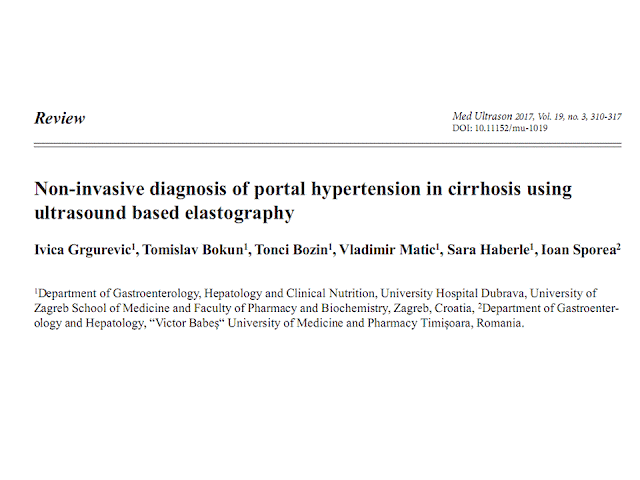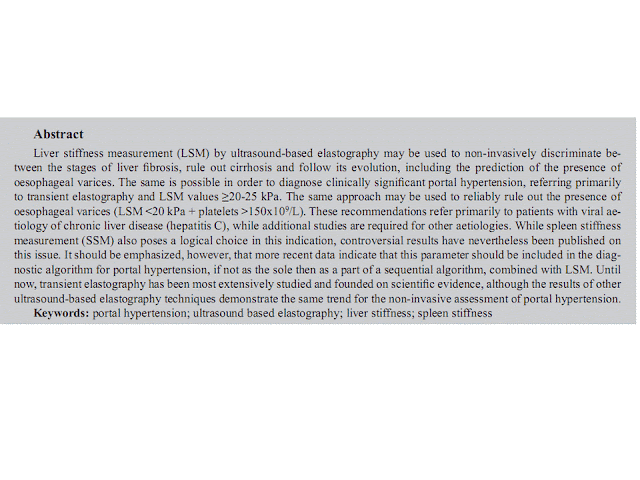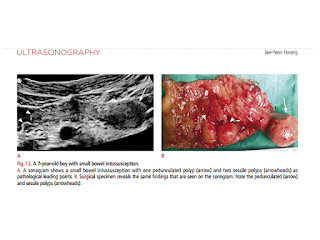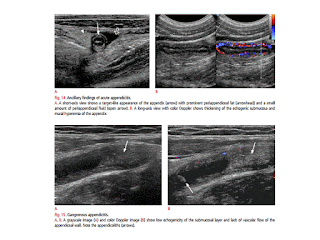| |||||
| 287 | Thyroid disease in children and adolescents
Hyun Sook Hong, Ji Ye Lee, Sun Hye Jeong
Ultrasonography. 2017;36(4):287-291. Published online May 28, 2017 DOI: https://doi.org/10.14366/usg.17031
| ||||
| |||||
| 292 | Updated guidelines on the preoperative staging of thyroid cancer
Hye Jung Kim
Ultrasonography. 2017;36(4):292-299. Published online April 9, 2017 DOI: https://doi.org/10.14366/usg.17023
| ||||
| 300 | Shear-wave elastography in breast ultrasonography: the state of the art
Ji Hyun Youk, Hye Mi Gweon, Eun Ju Son
Ultrasonography. 2017;36(4):300-309. Published online April 5, 2017 DOI: https://doi.org/10.14366/usg.17024
| ||||
| 310 | Ultrasonographic evaluation of women with pathologic nipple discharge
Jung Hyun Yoon, Haesung Yoon, Eun-Kyung Kim, Hee Jung Moon, Youngjean Vivian Park, Min Jung Kim
Ultrasonography. 2017;36(4):310-320. Published online April 9, 2017 DOI: https://doi.org/10.14366/usg.17013
| ||||
| 321 | Ultrasonography of the ankle joint
Jung Won Park, Sun Joo Lee, Hye Jung Choo, Sung Kwan Kim, Heui-Chul Gwak, Sung-Moon Lee
Ultrasonography. 2017;36(4):321-335. Published online April 5, 2017 DOI: https://doi.org/10.14366/usg.17008
| ||||
| 336 | Ultrasound-guided genitourinary interventions: principles and techniques
Byung Kwan Park
Ultrasonography. 2017;36(4):336-348. Published online May 29, 2017 DOI: https://doi.org/10.14366/usg.17026
| ||||
| |||||
| 349 | Korean Thyroid Imaging Reporting and Data System features of follicular thyroid adenoma and carcinoma: a single-center study
Jung Won Park, Dong Wook Kim, Donghyun Kim, Jin Wook Baek, Yoo Jin Lee, Hye Jin Baek
Ultrasonography. 2017;36(4):349-354. Published online April 13, 2017 DOI: https://doi.org/10.14366/usg.17020
| ||||
| 355 | Clinical features of recently diagnosed papillary thyroid carcinoma in elderly patients aged 65 and older based on 10 years of sonographic experience at a single institution in Korea
Eun Sil Kim, Younghen Lee, Hyungsuk Seo, Gil Soo Son, Soon Young Kwon, Young-Sik Kim, Ji-A Seo, Nan Hee Kim, Sang-il Suh, Inseon Ryoo, Sung-Hye You
Ultrasonography. 2017;36(4):355-362. Published online April 13, 2017 DOI: https://doi.org/10.14366/usg.17010
| ||||
| 363 | Ultrasonographic findings of posterior interosseous nerve syndrome
Youdong Kim, Doo Hoe Ha, Sang Min Lee
Ultrasonography. 2017;36(4):363-369. Published online April 5, 2017 DOI: https://doi.org/10.14366/usg.17007
| ||||
| 370 | Ultrasound contrast-enhanced study as an imaging biomarker for anti-cancer drug treatment: preliminary study with paclitaxel in a xenograft mouse tumor model (secondary publication)
Hak Jong Lee, Sung Il Hwang, Jonghoe Byun, Hoon Young Kong, Hyun Sook Jung, Mira Kang
Ultrasonography. 2017;36(4):370-377. Published online February 14, 2017 DOI: https://doi.org/10.14366/usg.17015
| ||||
| 378 | Synthesis of ultrasound contrast agents: characteristics and size distribution analysis (secondary publication)
Hak Jong Lee, Tae-Jong Yoon, Young Il Yoon
Ultrasonography. 2017;36(4):378-384. Published online February 14, 2017 DOI: https://doi.org/10.14366/usg.17014
| ||||
| |||||
| 385 | Factors related to the efficacy of radiofrequency ablation for benign thyroid nodules
Jung Hwan Baek
Ultrasonography. 2017;36(4):385-386. Published online May 17, 2017 DOI: https://doi.org/10.14366/usg.17034
| ||||
The documents were created by the Contract Enhanced Ultrasound or CEUS LI-RADS Working Group and approved by the LI-RADS Steering Committee.
The Core is a 25-page hyperlinked document that covers everything needed to apply CEUS LI-RADS v2017. It includes an updated diagnostic algorithm, basic management guidance, basic reporting guidance, key definitions, core supporting material, and FAQs.








































